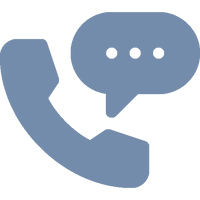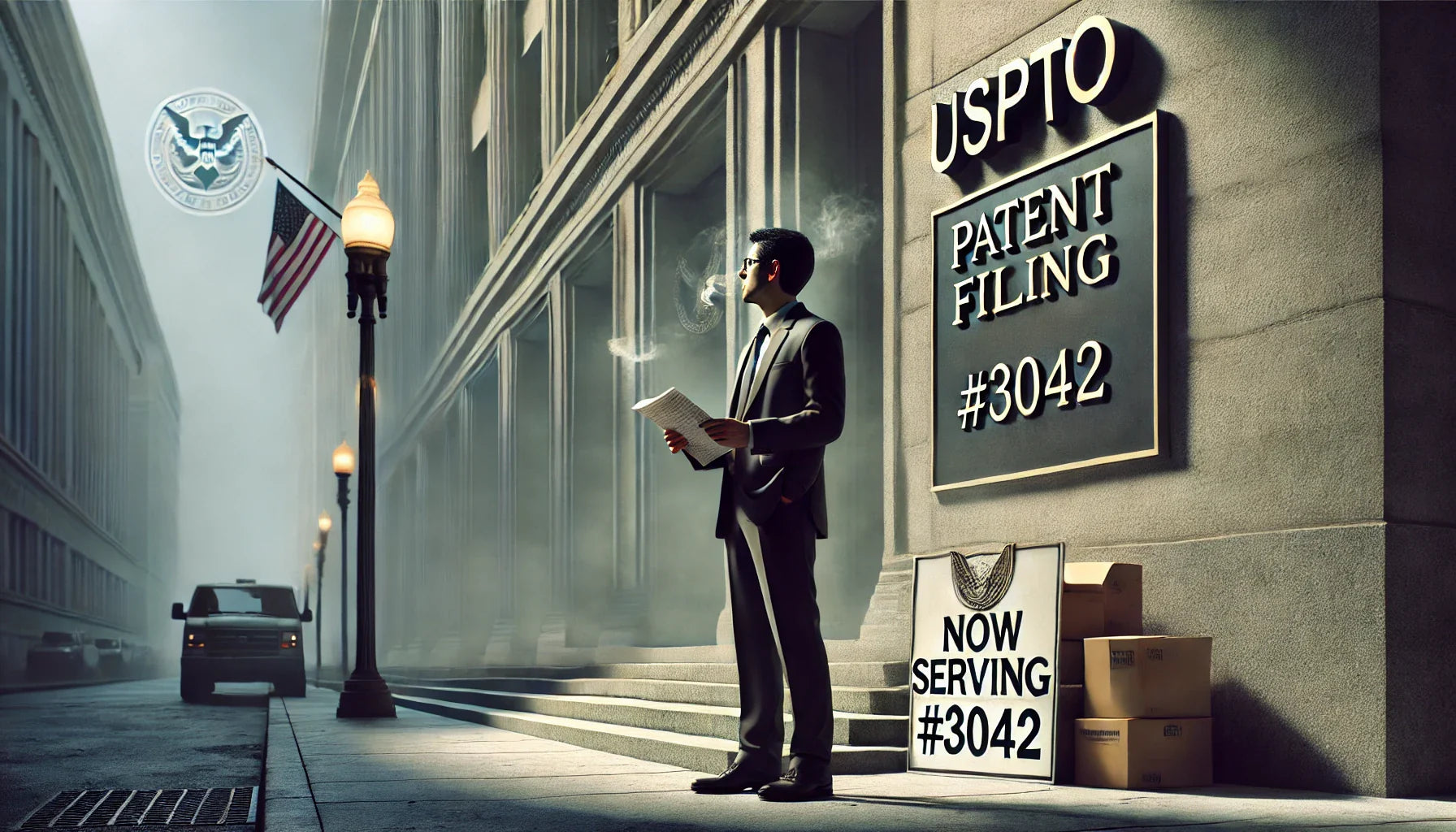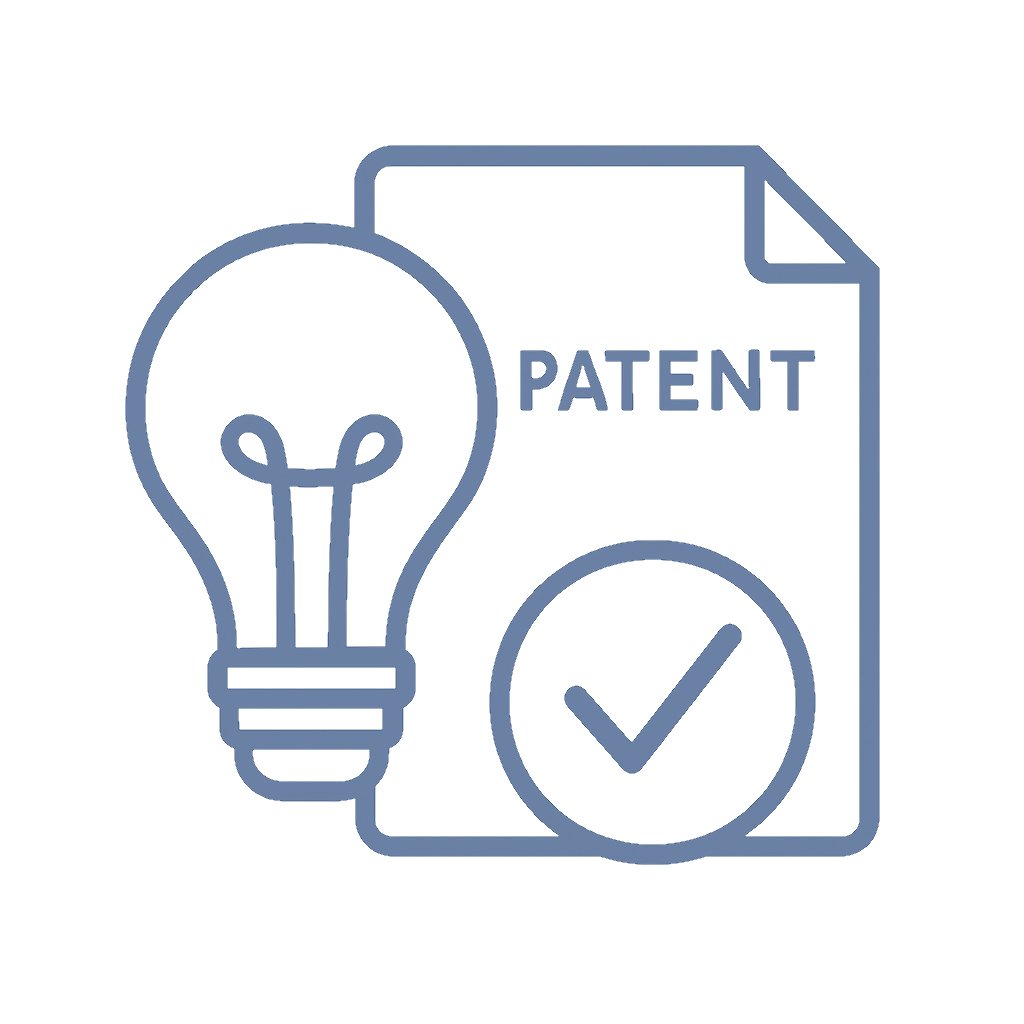📍 Quick Summary: Just because the USPTO sends you a shiny filing receipt doesn’t mean you’ve struck patent or trademark gold. Filing is step one. Approval? That comes after examination, scrutiny, and a whole lot of waiting in line.
❓ Common Questions & Answers
1. Does receiving a USPTO filing receipt mean my patent or trademark is approved?
Nope! The receipt only confirms your application was received. It hasn’t even been examined yet.
2. How long is the wait before examination begins?
Typically, 12 to 18 months for patents, and 6 to 12 months for trademarks, but this can vary.
3. What happens during the examination process?
Examiners review your application to ensure it meets legal requirements. For patents, that includes novelty; for trademarks, distinctiveness.
4. Can my application still be rejected after filing?
Absolutely. Many applications receive rejections or require amendments before approval.
5. What should I do after filing?
Monitor the status, respond to Office Actions promptly, and be patient. You're in the system, but not done yet!

📜 Step-by-Step Guide
Step 1: Submit Your Application
You file your patent or trademark online via USPTO.gov. Payment received, confirmation generated.
Step 2: Receive Filing Receipt
A receipt is issued with your serial or application number. This is proof of entry, not success.
Step 3: Application Waits in Queue
Now your application sits in a backlog awaiting examination. Yes, it's literally in a line.
Step 4: Assigned to an Examiner
A USPTO examiner will eventually review it for compliance with statutes and rules.
Step 5: Examination Begins
Examiners check for conflicts, prior art (patents), or existing similar marks (trademarks).
Step 6: Respond to Office Actions
If issues are found, the examiner issues an Office Action. You must respond or risk abandonment.
Step 7: Allowance or Rejection
If your response satisfies the examiner, it may be allowed. If not, it can be rejected.
Step 8: Registration or Issuance
Once approved, trademarks are registered, and patents are granted. Now, you can celebrate.
📖 Historical Context
Back in the early days of American intellectual property, applications were submitted in person or by post, and approval could take years. The USPTO was officially established in 1836, giving inventors and brand creators a legal pathway to protect their ideas. Even then, a filing receipt was merely a formality—not a sign of success.
Fast-forward to today, and while filing is now digital, the fundamental structure hasn’t changed. Applicants still enter a queue. The USPTO still examines applications individually, ensuring compliance and originality. Technology has shortened communication time, but not the wait.
Despite the rise of e-filing systems and AI-enhanced search tools, examination delays persist. The volume of filings and complexity of innovations or brands means that applicants must embrace the wait as part of the process. Patience remains a critical virtue in the IP game.

🏢 Business Competition Examples
1. Apple Inc.
Apple's iconic design patents and trademarks for products like the iPhone take months to years to pass through USPTO examination. Filing doesn’t equal guaranteed success—they face rejections too.
2. Nike
Nike regularly files for slogans and sneaker designs. While a receipt confirms submission, some applications face lengthy oppositions before reaching registration.
3. Tesla
Tesla's tech patents and brand names (like "Cybertruck") endure the same scrutiny. Filing starts the process, but approval follows detailed examination.
4. Small Startups
Even indie founders using LegalZoom or a local attorney must wait. The USPTO treats all applications the same. Filing is only the beginning.
🗣️ Discussion Section
Let’s be real—when clients hear “We got the filing receipt!” they often assume that means success. But in reality, that receipt is the government’s way of saying, “Cool, we got your stuff. Now hold tight.”
The misinterpretation happens often. Patent applicants mistake the "patent pending" label as ironclad protection, when in truth, it’s more like a placeholder. Similarly, a trademark application may be live in the database, but without an examining attorney’s review, it's just that—an application. USPTO staff doesn’t play favorites, and even giants like Amazon or Google go through the same queue.
The examination process exists for good reason. It filters out low-quality or duplicative applications and ensures the integrity of the IP system. Examiners verify novelty, distinctiveness, and legal compliance. They issue Office Actions when something needs fixing, and many applications go through several rounds before being allowed.
This also means that early marketing or production based solely on a filed patent or trademark can be risky. If it turns out the IP can’t be registered or enforced, companies may find themselves vulnerable to infringement claims or rebranding costs.
In summary, receiving a filing receipt is like getting your contestant number at a talent show. You’re in line. That’s it. You haven’t performed yet, let alone won.
![]()
🔀 The Debate
Side A: Filing Is a Big Milestone
Filing signals intent, secures a priority date, and can provide limited rights (like “patent pending”). For many businesses, it marks a serious step toward protecting IP.
Side B: Filing Is Just the Beginning
Without examination, there’s no guarantee. It’s premature to make business decisions based solely on a filing receipt. Real protection comes with approval.
📅 Key Takeaways
-
A filing receipt confirms submission, not approval.
-
Examination can take 6–18 months or more.
-
Applications can be rejected, amended, or abandoned.
-
Early marketing or enforcement efforts can backfire.
-
Patience and professional follow-up are essential.

⚠️ Potential Business Hazards
-
Assuming protection exists post-filing.
-
Investing in products or branding too soon.
-
Ignoring Office Actions or deadlines.
-
Misleading investors or partners about approval status.
🤔 Myths & Misconceptions
-
"I got a filing receipt, so I’m protected."
-
"Patent pending means I own the patent."
-
"Trademarks are approved instantly."
-
"Examiners don’t reject big brands."
-
"Once filed, it’s a done deal."

📚 Book & Podcast Recommendations
-
Patent It Yourself by David Pressman
https://www.nolo.com/products/patent-it-yourself-pat.html -
Trademark: Legal Care for Your Business & Product Name by Stephen Elias
https://www.nolo.com/products/trademark-legal-care-for-your-business-product-name-trmk.html -
Clause 8 Podcast (on patent law & policy)
https://www.clause8.com/podcast/ -
IP Fridays Podcast
https://www.ipfridays.com/

📄 Legal Cases
-
In re Bose Corp., 580 F.3d 1240 (Fed. Cir. 2009)
https://casetext.com/case/in-re-bose-corp
Clarified requirements for trademark maintenance. Showed that registration isn’t immune to challenge. -
MPEP Section 710 – Time for Reply
https://mpep.uspto.gov/RDMS/MPEP/current#/current/d0e120008.html
Outlines what happens when deadlines are missed post-filing. -
Medtronic, Inc. v. Mirowski Family Ventures, LLC, 571 U.S. 191 (2014)
https://supreme.justia.com/cases/federal/us/571/191/
Showed how patent rights hinge on examination and validity.
📢 Expert Invitation Have thoughts or horror stories about filing receipts vs. actual approval? Share them with us or join our expert discussion group at http://inventiveunicorn.com!

🔧 Wrap-Up Conclusion Filing with the USPTO is like taking a number at the DMV. Sure, you're officially in line, but the real work—and the real wait—is just beginning. That receipt is a ticket, not a trophy. So sit tight, prep for examination, and don’t start printing your "Officially Protected" t-shirts just yet.













